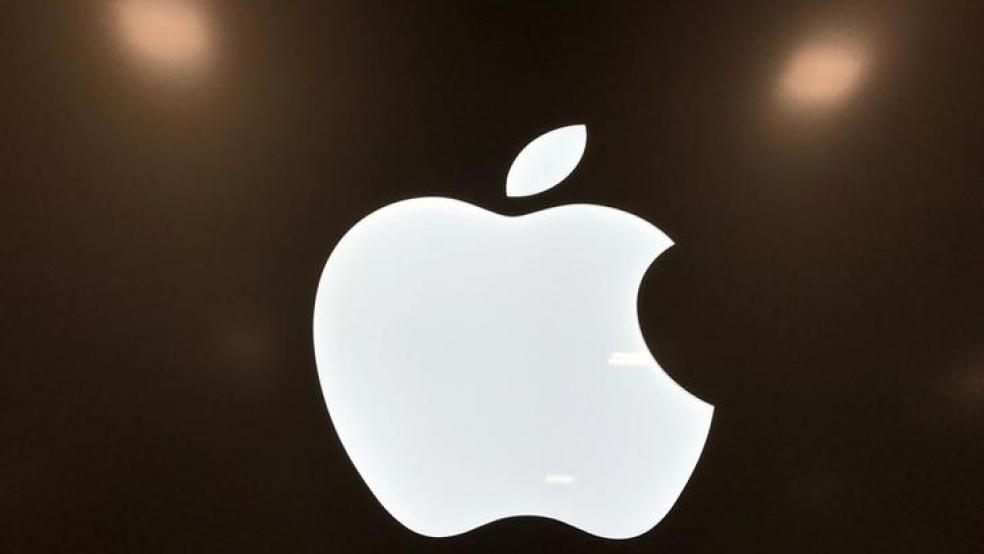Those looking for a rapid uptick in the U.S. economy probably will have to tone down their expectations, at least for now.
In the near term, growth projections, at least by the top-line measurement of gross domestic product, are looking a whole lot more tepid than they did a few months ago.
Related: How the New Trump Travel Ban Could Hurt the US Economy
GDP, which measures the sum of goods and services in the economy, is likely to have increased just 1.2 percent in the first quarter, according to the Atlanta Fed's closely watched GDPNow model. That's below the 1.5 percent projected by CNBC's Rapid Update forecast.
While much of the market has been focused on increased growth expectations under the Trump administration, GDP numbers have been sinking rapidly, in a precipitous though somewhat stealthy manner.
As recently as Feb. 3, the Atlanta Fed was projecting 2.7 percent growth for the first three months of 2017. But a steady flow of disappointing numbers, from production to construction spending to trade, has pulled down the estimate.
Those numbers have stood in stark contrast to sentiment surveys from businesses, investors and consumers, as well as purchasing managers and others at the corporate forefront. That in turn has produced some severe head-scratching from market professionals.
Related: The Most Overpaid CEO in America
'Hard data' vs. 'soft data'
The GDP reading "almost seems in left field from a lot of the other data," said Jim Paulsen, chief investment strategist at Wells Capital Management. "Something doesn't quite add up."
In fact, this wouldn't be the first time GDP numbers have come under criticism, particularly regarding first-quarter growth. Q1 has been negative three times since 2009 and has had a median value of 1.25 percent.
And, perhaps most importantly for the current environment, it takes into account neither sentiment nor expected changes in fiscal policy.
For those reasons, it's likely to be taken less to heart than at other points, considering the high levels of optimism and President Donald Trump's ambitious plans to cut taxes, roll back regulations and spend heavily on domestic infrastructure improvements.
In essence, the market debate has been over "hard data," like what show up in GDP computations, against "soft data," or the sentiment gauges that show above-trend growth ahead. An evolution of sorts in that battle happened Monday morning, when soft data showing that companies planned to expand manifested itself in a report from ADP that showed private payrolls grew by 298,000 in February.
The key to generating better growth for the rest of the year than has been the case through a lackluster recovery likely will depend on how expectations turn into action.
"Really what's going to move the needle on the growth front is going to have to come on the fiscal side," said Subadra Rajappa, head of U.S. rates strategy at Societe Generale. "Barring that, 2 to 2.5 percent growth is very much in the context of what everyone's been expecting."
From a policy perspective, the languishing GDP growth seems unlikely to stop the Fed from hiking rates at its meeting next week.
After all, the last two increases came in Q4 of 2015 when GDP grew just 0.9 percent, and Q4 in 2016, when it rose only 1.9 percent.
"What that does is it allows them to keep guidance to a gradual and patient path of normalization," said Craig Bishop, lead fixed income strategist at RBC Wealth Management. "I'm not concerned about rapidly rising interest rates at this point."
This article originally appeared on CNBC. Read more from CNBC:
Tesla battery packs power the Hawaiian island of Kauai after dark



